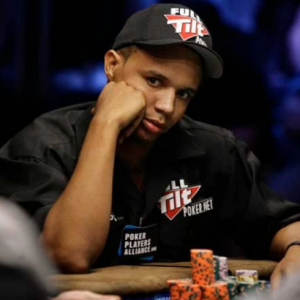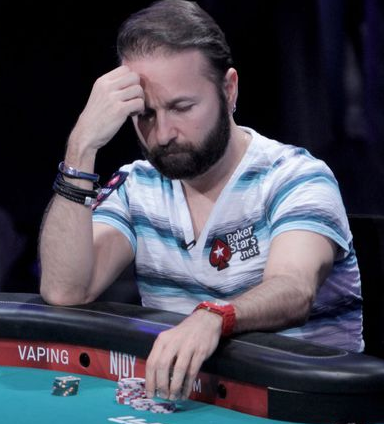What Works Better in Poker – Math or Feel

We’ve been reporting on the upcoming heads-up grudge match between Daniel Negreanu and Doug Polk. There has been discussion between the two regarding Real-Time Assistance tools such as HUDs. Doyle Brunson chimed in on Twitter, stating that he never used those types of tools and went by feels instead.
This brings up a classic debate between modern players and old school players. Which is better, math or feel? The answers will likely depend on which form of poker you play the most. Today we will take a look at whether feel or math is a better long-term strategy in poker.
Math Fails to Factor the Human Element
The most common argument against those that rely on math is that math does not factor in the human element. When a player is using pot odds to determine whether to continue on the turn, they are not factoring in the mental state of the player or their tendencies. They are not considering whether that player just recently lost to a one-outer and may be trying to bully their way back. Or they may overlook the fact that the player does not bet the turn unless he has a strong hand.
Math breaks moves down to simple statistical or yes and no scenarios. How many outs do you need to make your hand? Do you have the pot odds to call? It completely takes out the human element.
Feel is Too Subjective
The counterargument to a feel player is that feel is a bit too subjective. Players that rely on feel are taking their evaluation of a person and the situation to make their decision. This can be highly subjective and can prove inconsistent for all but the most successful players.

Fell requires that a person’s intuition be right the majority of the time, but that can be extremely difficult. A player’s mentality and physical condition can also impact their ability to feel out situations. Someone on tilt from an earlier play may not have the best feel on their opponents. A player that’s tired or sick is not going to have the greatest instincts.
Also, smart players can also manipulate the feel of other players. False tells and table image can skew the feel of players. Observant players can take advantage of certain situations to give off a false image and get someone to fell their way right into a trap.
Which is Better? It Depends
Yes, we are taking the common cop-out answer as it pertains to most things in poker. Whether you use feel or math is highly dependent on which form of poker you play. If you are a live poker player, you are going to have more opportunities to use feel than you would in online poker. You can see and interact with your opponents. This helps you decipher their general mental state and can help you get a better feel for situations.
Online poker is very much a math game. You do not get to physically see or interact with other players. At best, you can see a player’s betting patterns, but they can be manipulated. Often, the difference between a winning and losing online poker player is that they are using math to accurate navigate through tough scenarios.
Many of you are probably saying that you should use both. And you’d be correct, but again, it depends on the scenario. For lower stakes online poker games, feel isn’t going to help you as much as math. Decisions are usually a bit easier at lower stakes and many online poker sites now offer anonymous tables. It is tough to get a true feel on these players.
As you move up in stakes and take on the same players on a regular basis, then you can get more of a feel for their play. This is applicable to both live and online poker games.
Keep in mind that the great feel players in poker are also some of the most experienced. They also tend to be live poker players over online poker players. The great math minds are generally most successful online. That alone should give you a great glimpse into the reality of the debate. In the end, you will have to decide which method works for you. As always, poker is evolving, so make sure your game evolves with it so you can keep up.
